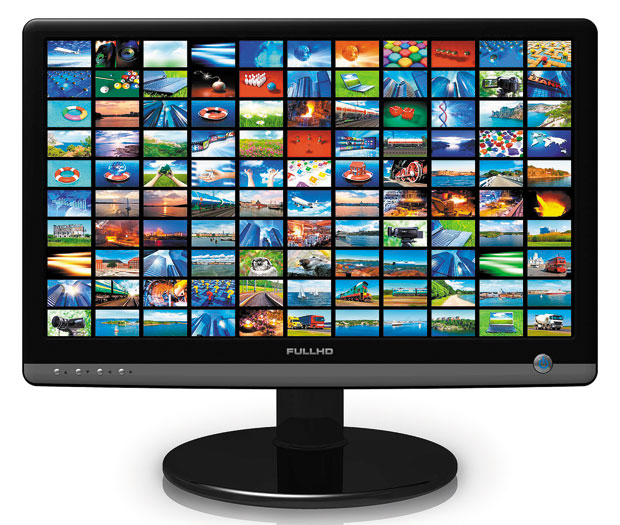It’s difficult to imagine how much clutter can come from one little camera, but in today’s technological world, organizing and managing digital photos is a must
QUESTION OF THE WEEK: My clutter is in the form of digital photos. I have an overwhelming amount and have no system to organize them. Any advice you give will be helpful.
When we were growing up, we never dreamed that someday we would have to manage more than just our physical items. In the digital age we now live in, we use less physical space for photos, but we still have to organize them. I know that many people, including myself, have a lot of digital photos on their computer — the majority of which have obscure labels like “DSCN_3409854,” making it impossible to find anything.
You can organize your digital photos easily, saving you time and energy in the future. Most importantly, avoid trying to catch up with photos from the past. Start with this new system from this day forward, and once you have the system in place, catch up on past photos a bit at a time.
Let’s get started:
Get into the habit of importing
At least once or twice a month, depending on how many photos accumulate, import photos from your camera and/or smart phone to your computer and bring them into a photo management program such as iPhoto, Picasa or Windows Life Photo Gallery. You can search online to find the programs, some of which are free. This way, if you lose or damage your camera, you still have your photos.

Decide on a consistent way to sort your photos
Generally, I like to sort in chronological order, by categorizing the photos by month and then putting them into a folder classified by year. Create special-event-folders such as “School Grand Opening” or “Annual Presentation.” Tags come in handy when categorizing photos by specific holidays, vacation spots, people, events, seasons, months and years.
Label each photo for easy locating
Use the same labeling format each time you import and categorize photos. Try to keep naming conventions consistent so that they make sense even in the future.
When labeling folders or files with dates, starting with the year first can help keep files organized when sorting. I use the date, name of person or event followed by sequence number. For example, depending on the image, I might label the first photo: 2014-04-20-Grand Opening-1 or 2014-04-20-John Smith-01, ensuring that when the computer sorts the photos alphabetically, they stay in chronological order.
Edit until you can edit no more
Editing is an important step, putting your delete key front and center as an important tool. Bad and duplicate photos create clutter, obscuring the good ones and creating visual chaos. After reviewing the photos, delete any duplicate, blurry, unattractive or poor-quality shots. If you have photos that look similar, pick your favorites and feel free to delete the rest. You may feel that every photo is a precious moment, but this is about creating a system that reduces overwhelming digital clutter. Looking at 25 good photos of an event is less overwhelming than looking at 100, many of which are likely duplicates.
Back up your folders
Once you label and organize your pictures in folders, back them up. Below are a few choices for backing up your photos:
• External drive. Purchase an external hard drive, available online or anywhere where computer accessories are sold. Connect the hard drive to your computer and follow the directions in the user’s guide. Most external hard drives are already formatted so that you need only drag your folders of organized photos onto it. About 500 GB of storage will store about 200,000 photos taken with a standard point-and-shoot digital camera.
• CDs or DVDs. CDs or DVDs are another option. Experts favor archival-rated CDs or DVDs, which are expensive but generally store about 4.7 GB of data. You can also use regular CDs or DVDs, depending on how many photos you want to store.
• Online or cloud service and printing.
Many online services focus on storage, printing and sharing. Resist the urge to get a lot of prints unless you know exactly how you will use them (for example, you have a frame to put them in or an album you want to fill). For those who missed my article on how to organize stored boxes of printed photos, the article is online at: hawaiirenovation.staradvertiser.com — “Picture Perfect,” September 22, 2013.
• Delete. Once your photos are organized and backed up, erase them from your camera or phone so that you avoid downloading duplicates as well as more digital clutter.
Alice Inoue is the founder and Chief Happiness Officer at Happiness U, a friendly educational establishment at Na Lama Kukui (formerly known as Gentry Pacific Design Center) on Nimitz Highway. At Happiness U you’ll find dozens of inspiring classes all geared toward personal growth, helping you live a more purposeful and ease-filled life. Visit online at www.YourHappinessU.com.